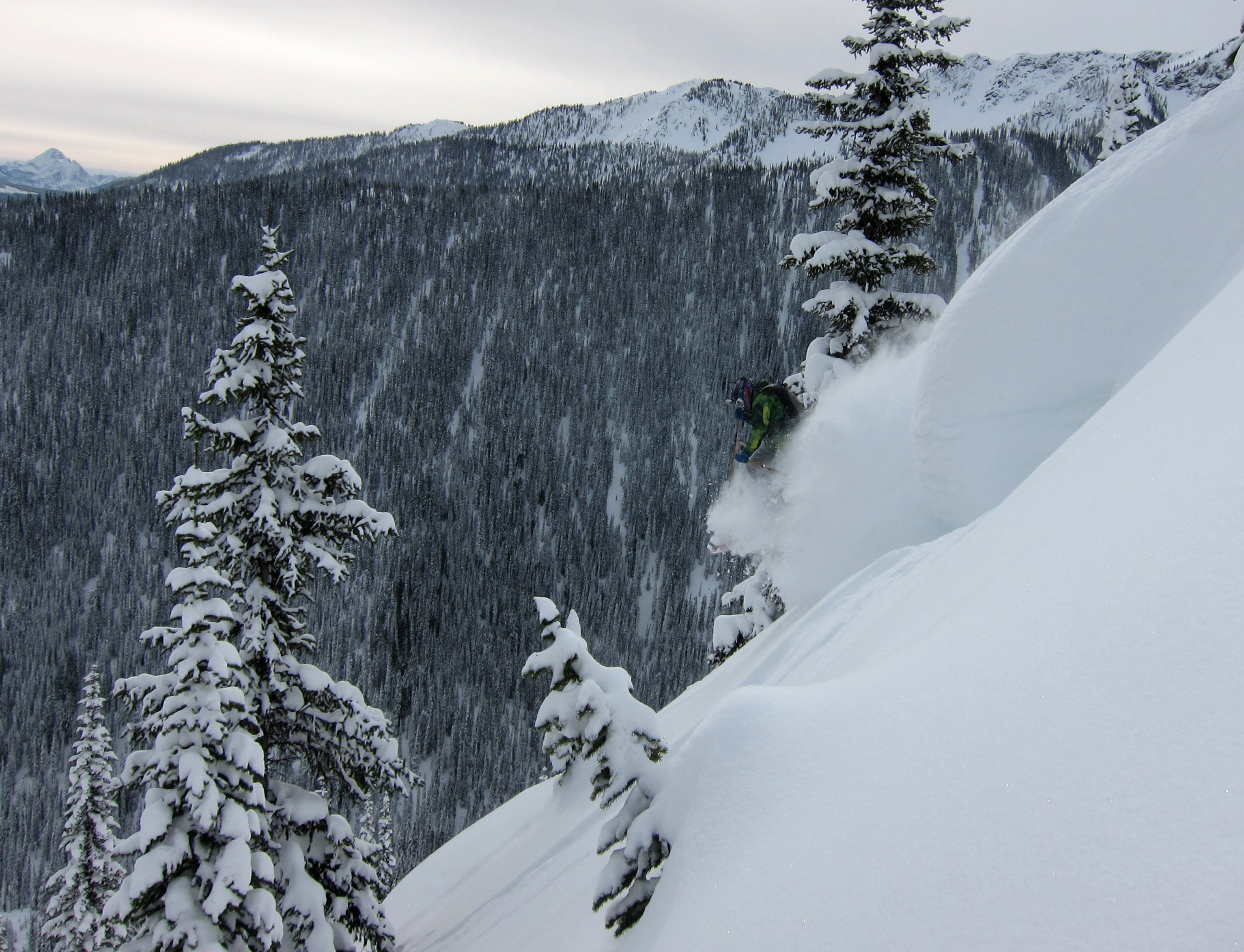Whether you are outside in cool weather for work or play, an effective layering system is key to help protect you from the elements. Each layer plays a specific role to insulate, control moisture and keep you comfortable.
An essential layering system looks something like this:
1. The Baselayer (aka: long underwear)
This is the first layer that rests next to your skin. This layer should be warm yet breathable and should transfer or “wick” perspiration away from your skin to keep you dry. If moisture remains on the skin, it actually draws body heat away from you. This is what cotton does as it absorbs water, takes longer to dry, and usually leads to a generally clammy, disgusting feeling (or extremely worst case: hypothermia). 100% Merino wool options - like Ridge Merino - not only have the ability to wick moisture and dry quickly, but also trap air within the wool fibers to naturally regulate temperature - insulating when it's cold and letting air escape when it gets warm. Also, based on their structure, Merino fibers can’t hold onto the bacteria that cause body odor, so the wearer feels fresher longer. All of this occurs without the use of chemicals to enhance performance.
2. The Midlayer is the second insulating layer.
The type of insulation varies by activity and weather conditions. Its function is to keep you warm and in active use, it should continue the transfer of moisture away from the skin. This is typically a fleece, which is a bit thicker or loftier than the baselayer and, depending on conditions and your level of exertion, you may ultimately use this as your outer layer. In really cold weather, a lightweight down or synthetic insulated jacket is often used as a midlayer to provide great warmth; but due to the lack of breathability, it's not versatile enough for high output activities.
3. Finally, the Outer Layer
The outer layer offers protection from the elements - snow, wind and rain - and allows air to circulate and excess moisture to escape. More breathable soft shells can be used in drier conditions whereas a waterproof layer should be used for more extreme weather involving precipitation.
Using a modular layering system, you’ll be able to adapt as needed to the changing weather conditions and your varying levels of activity: adding or removing clothing as needed to regulate body temperature and to stay safe and comfortable while outside.




